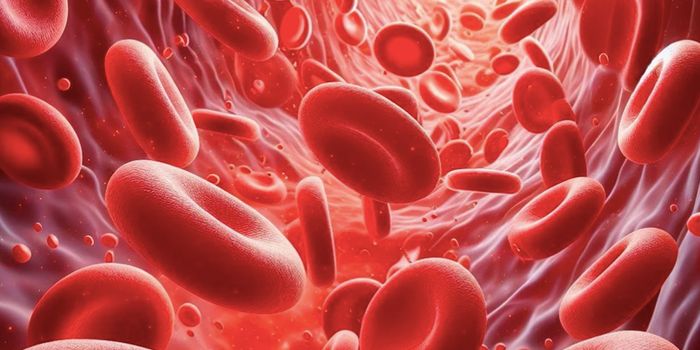Solving the Mystery of how Multicellular Organisms Arose
At some point, organisms changed and grew from a single cell into one made up of many cells. But how that happened is not well understood. New work by graduate candidate Jonathan Featherston of the Evolution of Complexity Laboratory at the University of the Witwatersrand, Johannesburg has revealed more details about the process. By determining the genomic sequence of the most simple organism with multiple cells, genetic mechanisms underlying the control of cell division were aligned with how multicellularity arose. The work has been reported in Molecular Biology and Evolution.
The alga Tetrabaena socialis, which has four cells, was used for this work. It is a green alga that is a member of the volvocine lineage. That lineage is often used to model studies in multicellularity evolution. The sequence was gradually learned over two years; it showed how a cellular pathway called the ubiquitin-proteasomal pathway (UPP) was important in that evolution. Normally, this pathway regulates various cellular functions, including maintaining the balance of proteins in cells by selectively targeting some for degradation.
"The UPP has been implicated in many human cancers and even as a potential target for treating cancers. From this study it seems that alterations to this pathway were important for how multicellularity evolved in these algae," noted Featherston.
This work indicates that UPP may control how many divisions volvocine species undergo, by destroying molecules that are critical to cell division.
"One of the earliest evolutionary adaptations in the volvocines was a modified cell cycle. The multicellular volvocines evolved a genetic program for controlling the number of divisions during reproduction where each species has a genetically programmed maximum number of divisions. Some will only divide twice during reproduction while others may divide twelve times," he explained. "Normally people look a lot at how much of a key regulatory molecule is produced by a cell but here the interest is in the pathway that destroys these molecules. It's kind of the other side of how cellular processes are regulated."
The genome of multicellular algae was compared to their nearest single-celled relative so that Featherston could find the genetic ways that they were different, which could show how multicellularity evolved. Although the single- and multi-celled had a high degree of similarity, a small set of gene families were gained when multicellularity arose.
"We picked up some trends from this set of families. Many have developmental functions, which indicates that they probably are important for the evolution of multicellularity," Featherston commented.
This study determined that the rise of multicellularity is connected to lineage-specific genetic developments.
"Multicellularity has evolved at least 25 times independently, but in all likelihood, while certain general biological mechanisms - like cells-sticking together or modified cell cycles - may be shared, the actual genes driving these developments will mostly be unique to each lineage," he added. "Almost all the families that are found in other organisms can be found in a diverse array of unicellular organisms, suggesting that the genes that gave rise to multicellularity were derived from genes that were already present in the unicellular ancestor but may have been duplicated to form new genes that now have new functions."
Sources: AAAS/Eurekalert! Via University of the Witwatersrand, Molecular Biology and Evolution









